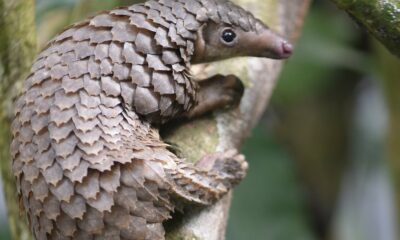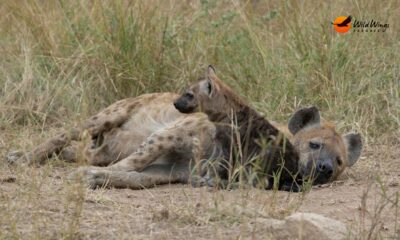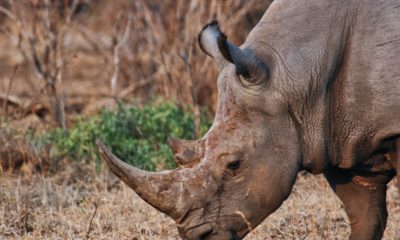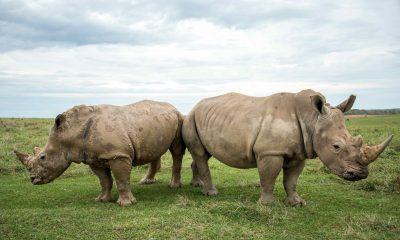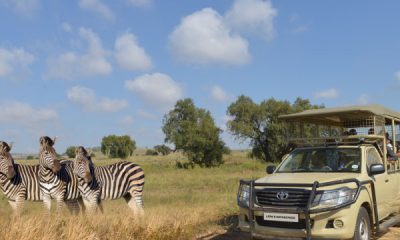News
Shot by Poachers, Houdini the Rhino Saved in 6-Hour Surgery
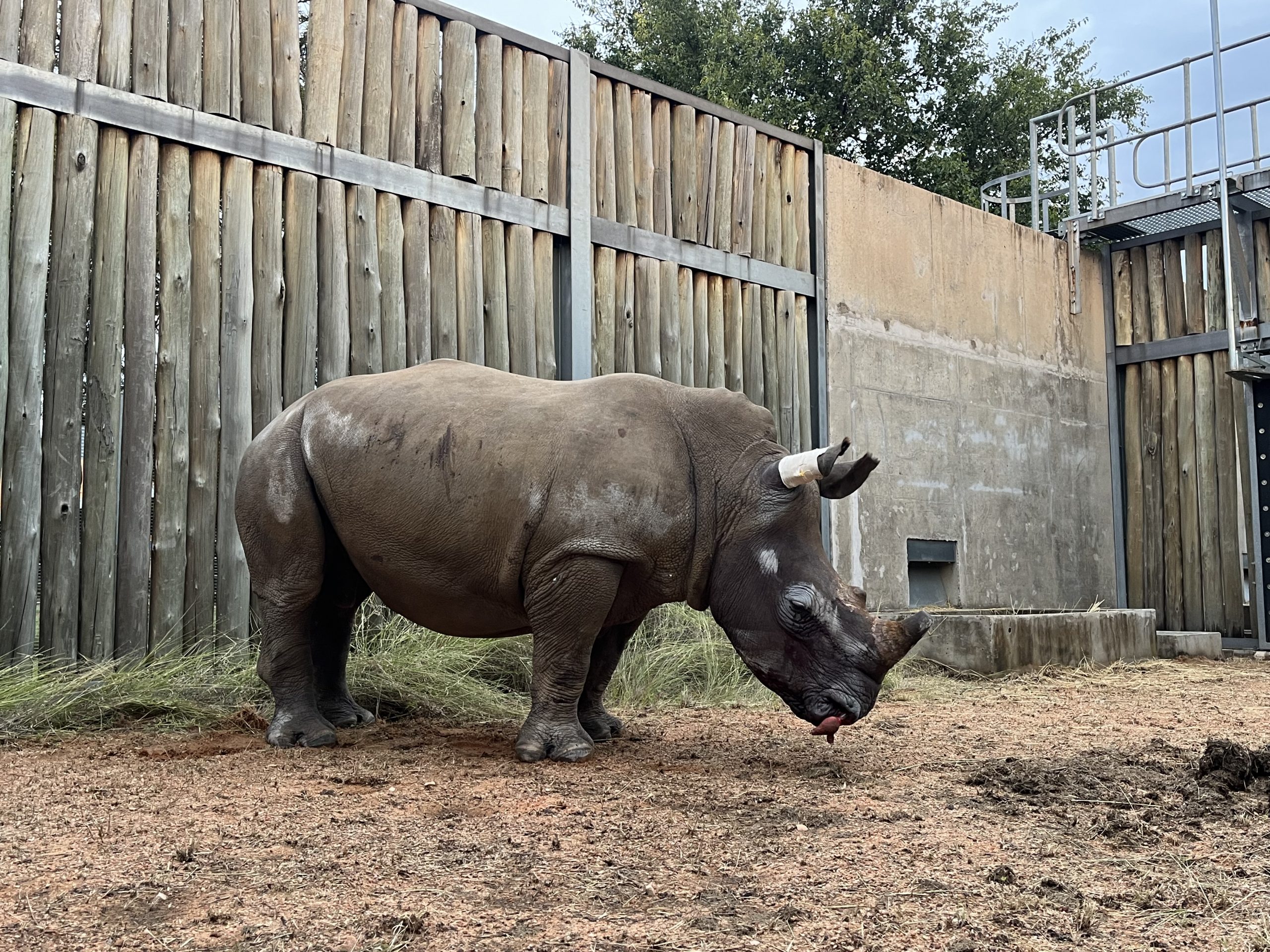
Thanks to the expert work of veterinary specialists from the University of Pretoria’s Faculty of Veterinary Science, Houdini, a four-year-old white rhino, is breathing normally once more after suffering from an injury related to poaching for years.
When Houdini was a young calf, he was shot through the nose during a poaching incident. The Rhino Orphanage in Limpopo later saved him. At first, he seemed to be recovering, but his caregivers saw that he was having trouble breathing through one nostril. Dr. Pierre Bester, a veterinarian, acted quickly and began looking into the issue more thoroughly.
Houdini’s right nasal passage was obstructed by soft tissue growth, as revealed by an endoscopy. Because rhinos can only breathe through their noses, unlike humans, this was particularly risky.
A Life-Changing Diagnosis
Houdini was referred by Dr. Bester to Professor Gerhard Steenkamp, a specialist in maxillofacial surgery and veterinary dentistry. To make matters worse, a CT scan showed that bone had begun to form around the gunshot wound. Houdini’s left nostril was also beginning to be affected by the mass, which was a warning sign that immediate action was needed.
The team made the decision to proceed with a high-risk open surgery due to the severity of the damage. According to Professor Steenkamp, “this wasn’t just about clearing tissue—it was about giving Houdini a second chance at life.”
Rhino-Sized Risks in a Marathon Operation
Houdini received recovery treatments to get ready for the surgery before it started. Given that sedation poses significant risks to rhinos, wildlife veterinarian Dr. Jacques O’Dell carefully administered anesthetics.
According to Dr. O’Dell, “even healthy rhinos can suffer serious complications under anesthesia.”
The actual procedure took almost six hours. Since transfusions were not an option, surgeons employed a novel technique called haemodilution—a tactic never before attempted on rhinos—to control blood loss. By using Houdini’s own blood, the team was able to avoid serious issues.
The team’s accuracy was commended by veterinary anesthesiologist Dr. Abdur Kadwa, who said, “We kept Houdini under for 5 hours and 55 minutes without major issues.” It was a relief.
A Triumphant Return to the Wild
Following the procedure, Houdini was kept under observation at a wildlife facility and made a speedy recovery. Days later, he was walking and breathing normally for the first time in years. As the young rhino took assured steps toward recovery, his medical team watched with emotion.
Prof. Steenkamp declared, “He’s a fighter.” “This surgery gave him a future, not just air.”
This historic procedure demonstrates what can be achieved when veterinary science, creativity, and empathy are combined to safeguard South Africa’s most endangered species.
Follow Joburg ETC on Facebook, Twitter , TikTok and Instagram
For more News in Johannesburg, visit joburgetc.com
Sourced:IOL

